Tornado Forecasting Hasn’t Always Been Easy
Back in the early 1900s, talking about tornadoes was almost taboo. Forecasters were banned from mentioning them in their predictions due to fears of causing panic among the public. This silence around one of nature’s most violent phenomena made it challenging to prepare for and understand tornadoes.
This reflects a time when the mystery and fear surrounding these storms outweighed the push for awareness and safety. This ban significantly hindered public education and safety efforts, leaving many vulnerable to the sudden devastation tornadoes could bring.
First Recorded Twister
The history of tornadoes in America is long and harrowing, with the first recorded observation dating back to July 5, 1643, in the Massachusetts Bay Colony.
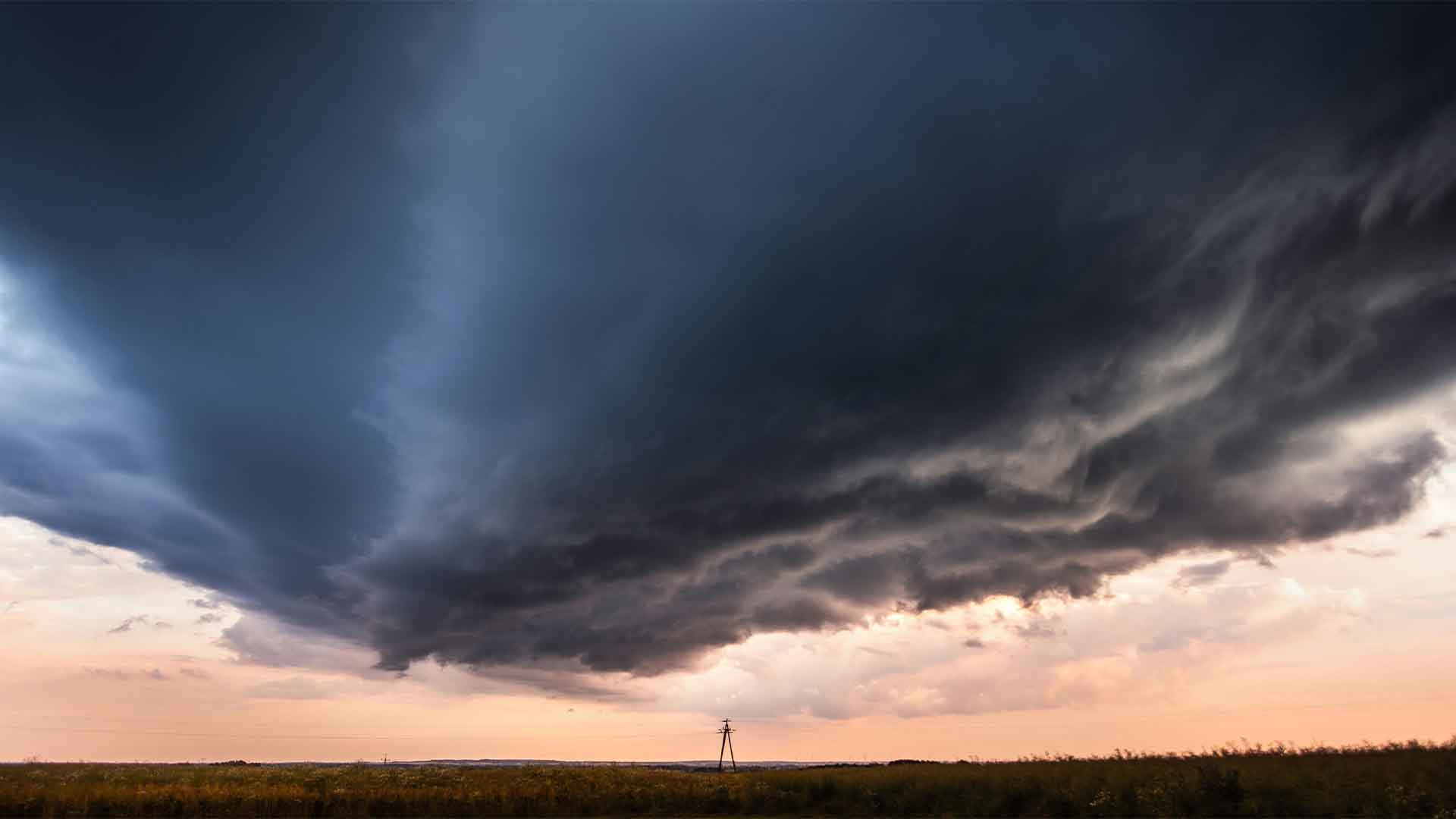
Sourc: Marek Piwnicki/Pexels
According to the Mississippi-Alabama Sea Grant Consortium, John Winthrop, the colony’s governor, noted, “It lifted up their meeting house at Newbury, the people being in it … It was straight between Linne [Lynn] and Hampton.” This early account shows the surprise and devastation caused by tornadoes, even in America’s early days.
The Forecasting Ban
Forecasting weather in the past was fraught with challenges, especially with the ban on the term “tornado.” From the early 20th century, this prohibition lasted for decades, stifling advancements in weather prediction and public safety.
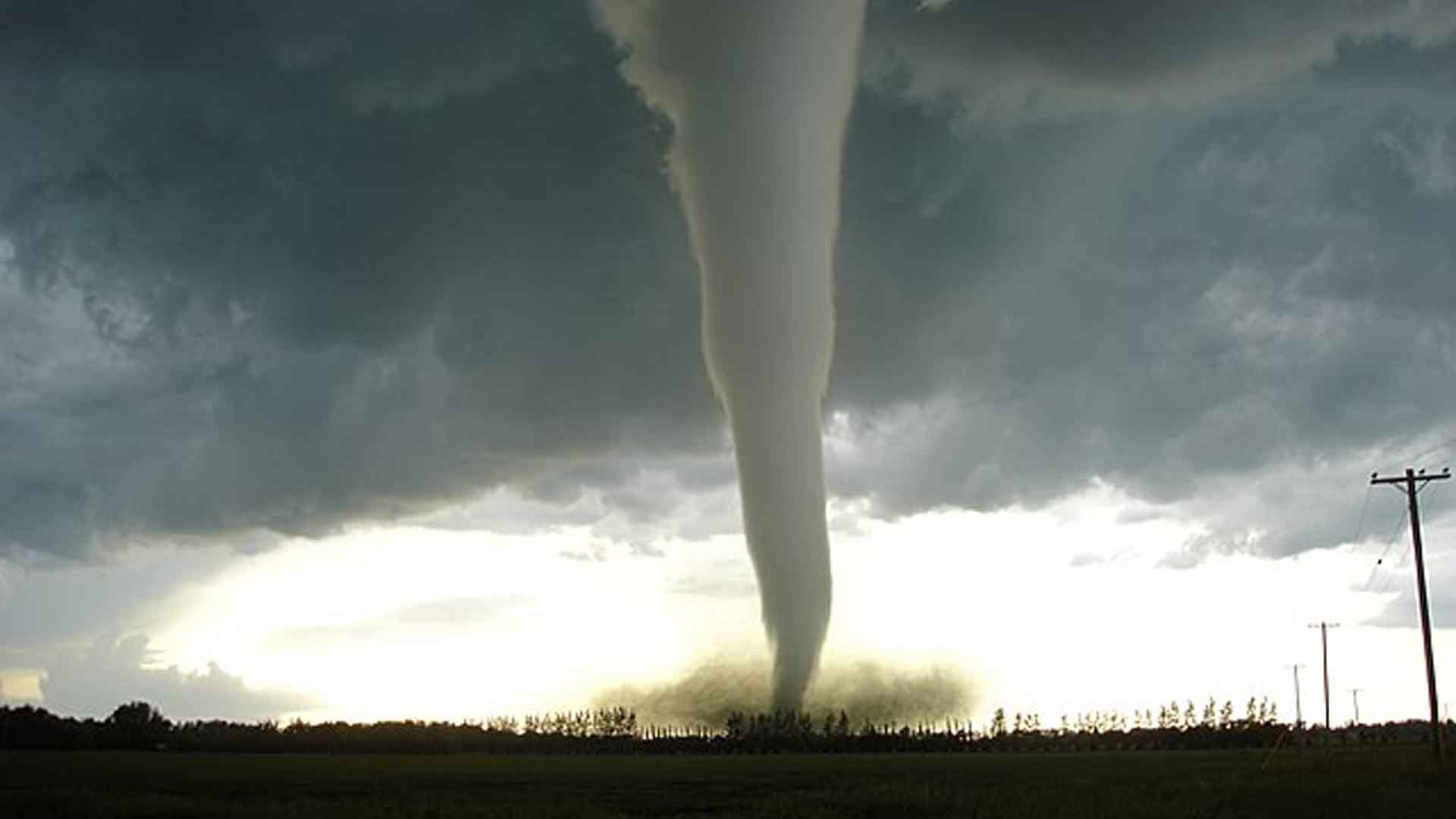
Source: Wikimedia Commons
According to the Smithsonian, this ban was largely due to the technological limitations of the time and the fear of causing public hysteria. Imagine the difficulty for meteorologists who could see the signs of an impending tornado but were not allowed to warn the public directly.
John Finley's Endeavor
In 1888, John Finley, a U.S. Army Signal Corps Sergeant, spearheaded efforts to understand and predict tornadoes. According to National Weather Service Heritage, he published rules for forecasting tornadoes but faced significant hurdles due to the existing ban on the term.
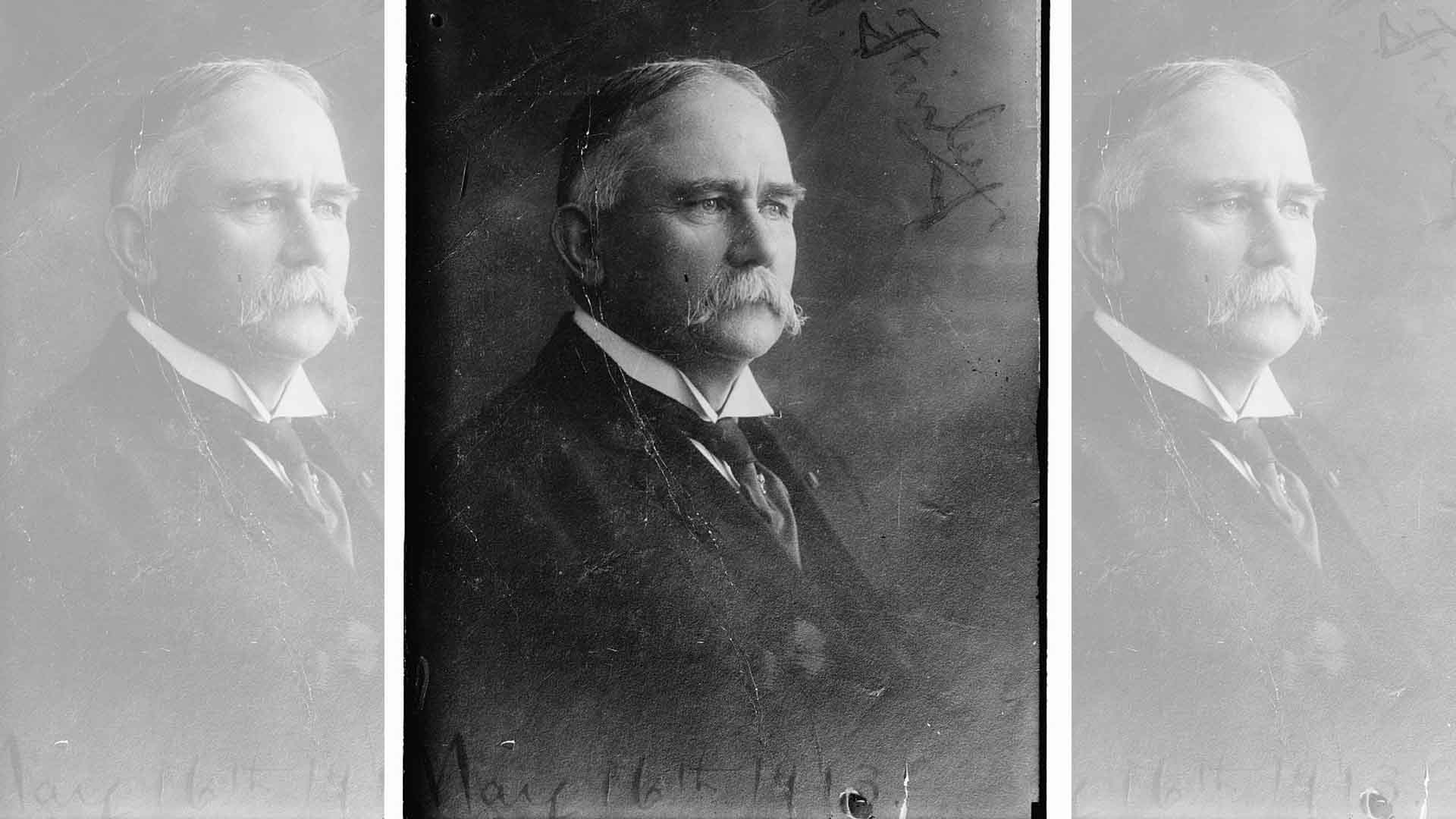
Source: Library of Congress/Wikipedia
His pioneering work laid the groundwork for future meteorological advances, despite the censorship. Finley’s dedication to understanding these natural phenomena under such constraints showcases the early struggle for progress in weather science.
1925: The Wake-Up Call
The Tri-State Tornado of March 18, 1925, remains one of the most devastating natural disasters in U.S. history. With 695 lives lost, this catastrophe highlighted the dire need for effective tornado forecasting and warning systems (via National Weather Service).
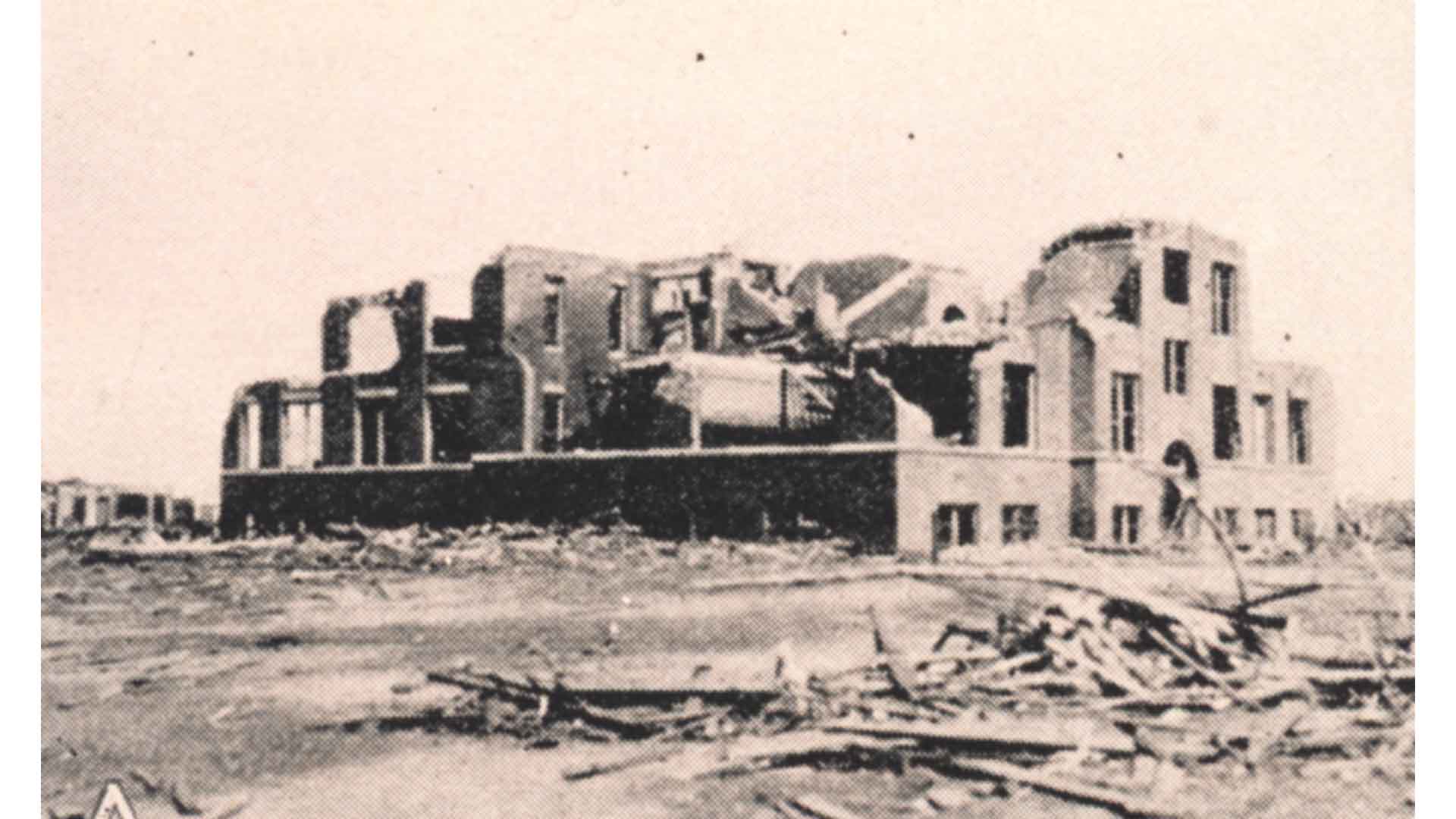
Source: Wikipedia
It proved undeniably that without adequate warning, tornadoes could cause catastrophic loss of life and property, igniting a push toward better meteorological techniques and systems.
Forecasting Breakthrough
It wasn’t until 1943 that real strides were made in tornado forecasting, with the establishment of experimental warning systems (via CNN).
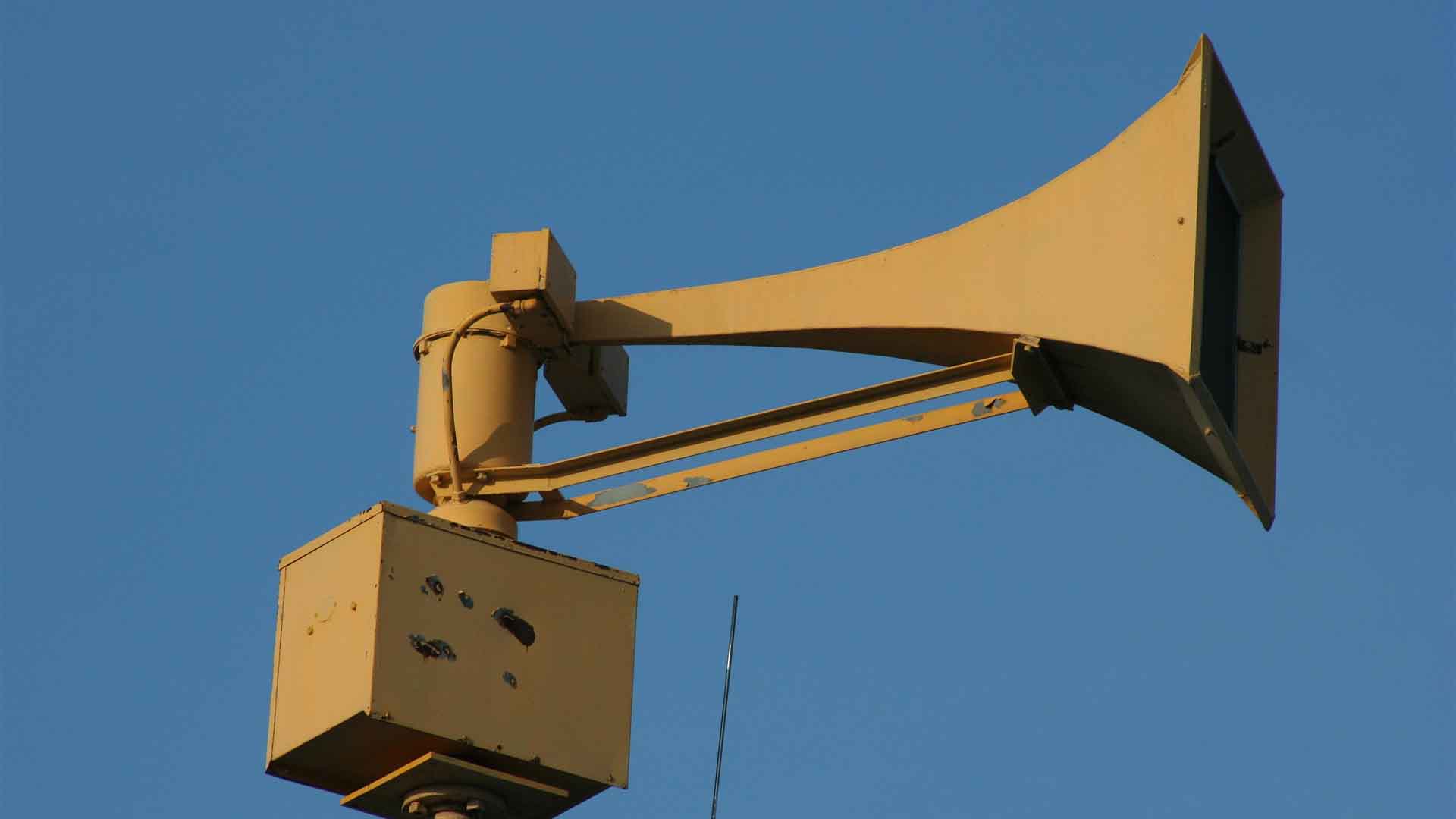
Source: Ben Franske/Wikipedia
This development marked the beginning of modern tornado forecasting, allowing meteorologists to start predicting severe weather conditions that could lead to tornadoes, though still without specific details on timing or location.
Tinker AFB's Close Calls
March 1948 was pivotal for tornado forecasting. Two significant tornadoes hit Tinker Air Force Base in Oklahoma, leading to the first successful tornado prediction by Maj. Ernest Fawbush and Capt. Robert Miller (via National Weather Service).
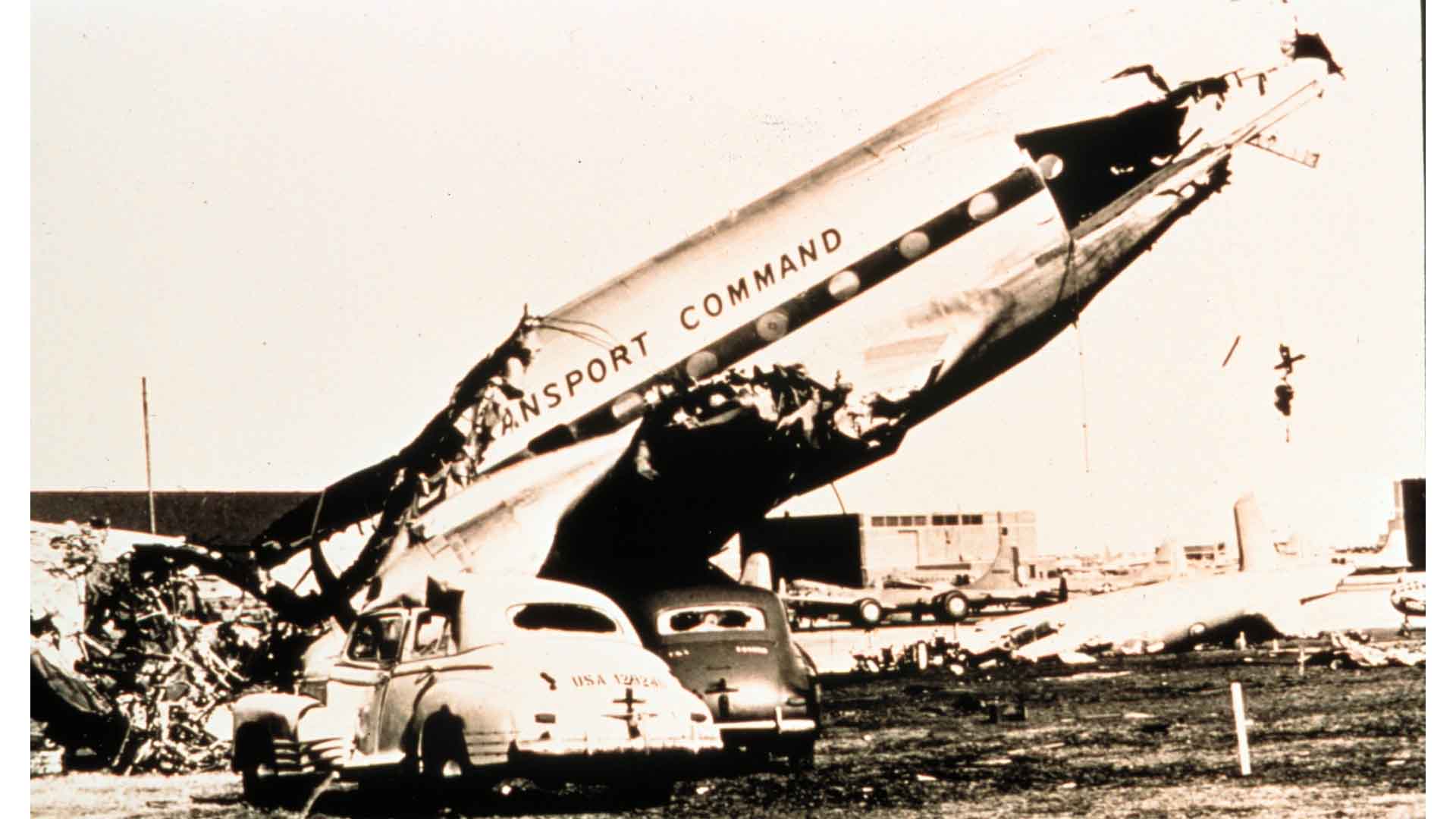
Source: NOAA Photo Library/Wikipedia
Their work, spurred by the damage and danger presented by these events, marked a turning point in the meteorological community and paved the way for future forecasting advancements.
Harry Volkman's Bold Move
In 1948, Harry Volkman became a name remembered in weather forecasting history. Despite existing regulations, he made the first televised tornado warning (via KFOR).
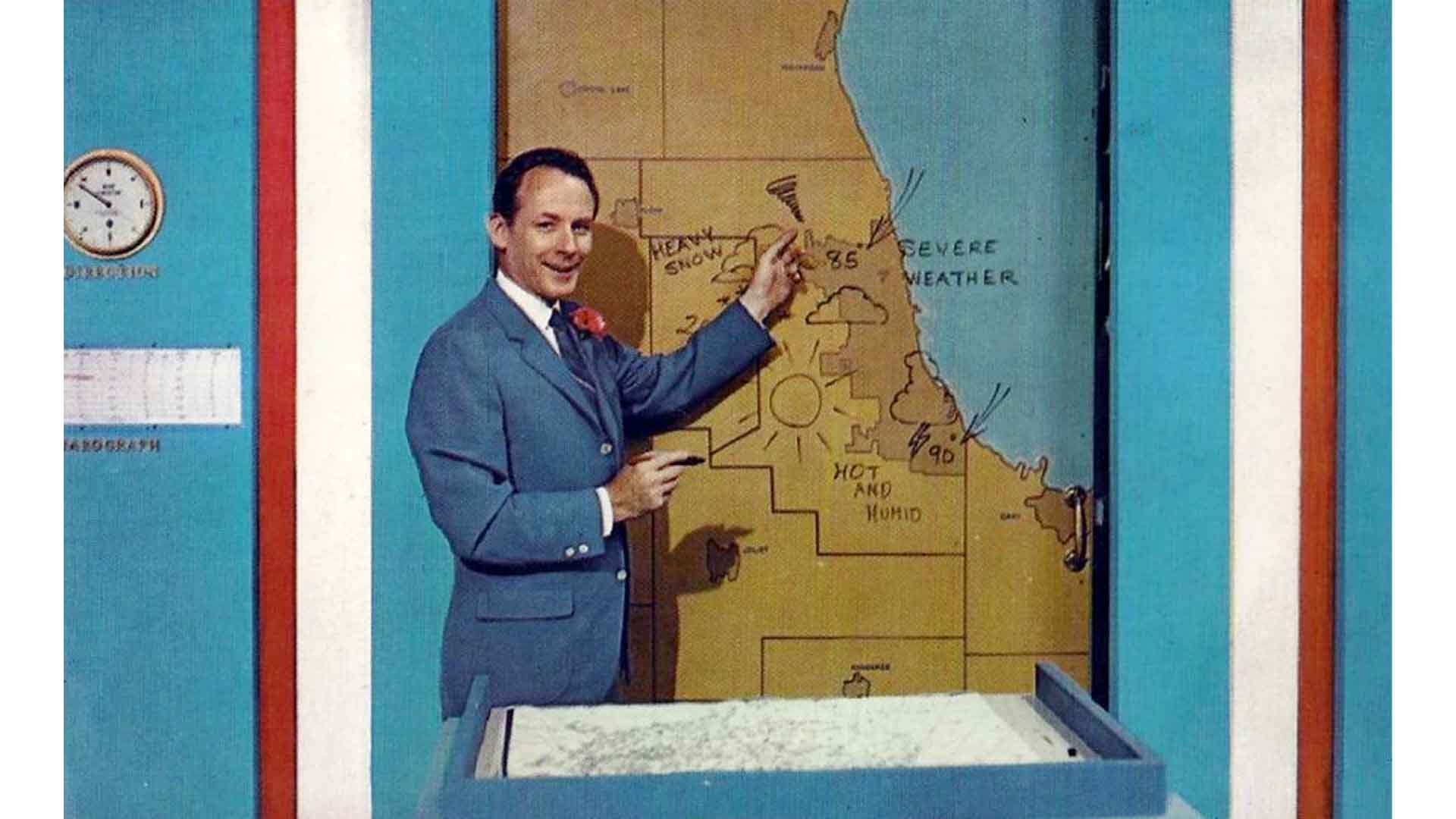
Source: WGN Radio and Television/Wikipedia
This act of defiance not only saved countless lives but also marked a significant shift in how weather warnings were communicated to the public. His pioneering spirit demonstrated the critical importance of timely information in preventing disaster.
The Evolution of Warnings
The aftermath of the 1948 tornadoes led to a significant change in how weather warnings were issued.
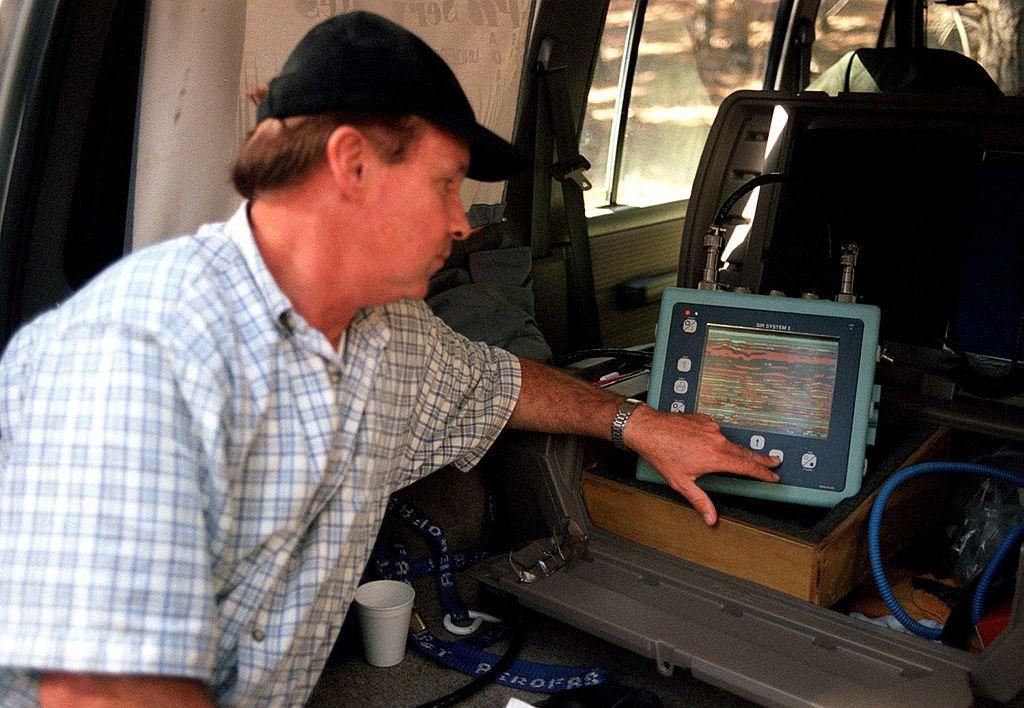
Source: Ross Land/Getty Images
The terms “tornado watch” and “tornado warning” were developed to provide a clearer understanding of the imminent risks, significantly improving public safety measures during severe weather conditions.
Modern Day Outreach
Today, organizations like the Mississippi-Alabama Sea Grant Consortium are at the forefront of tornado education and preparedness.
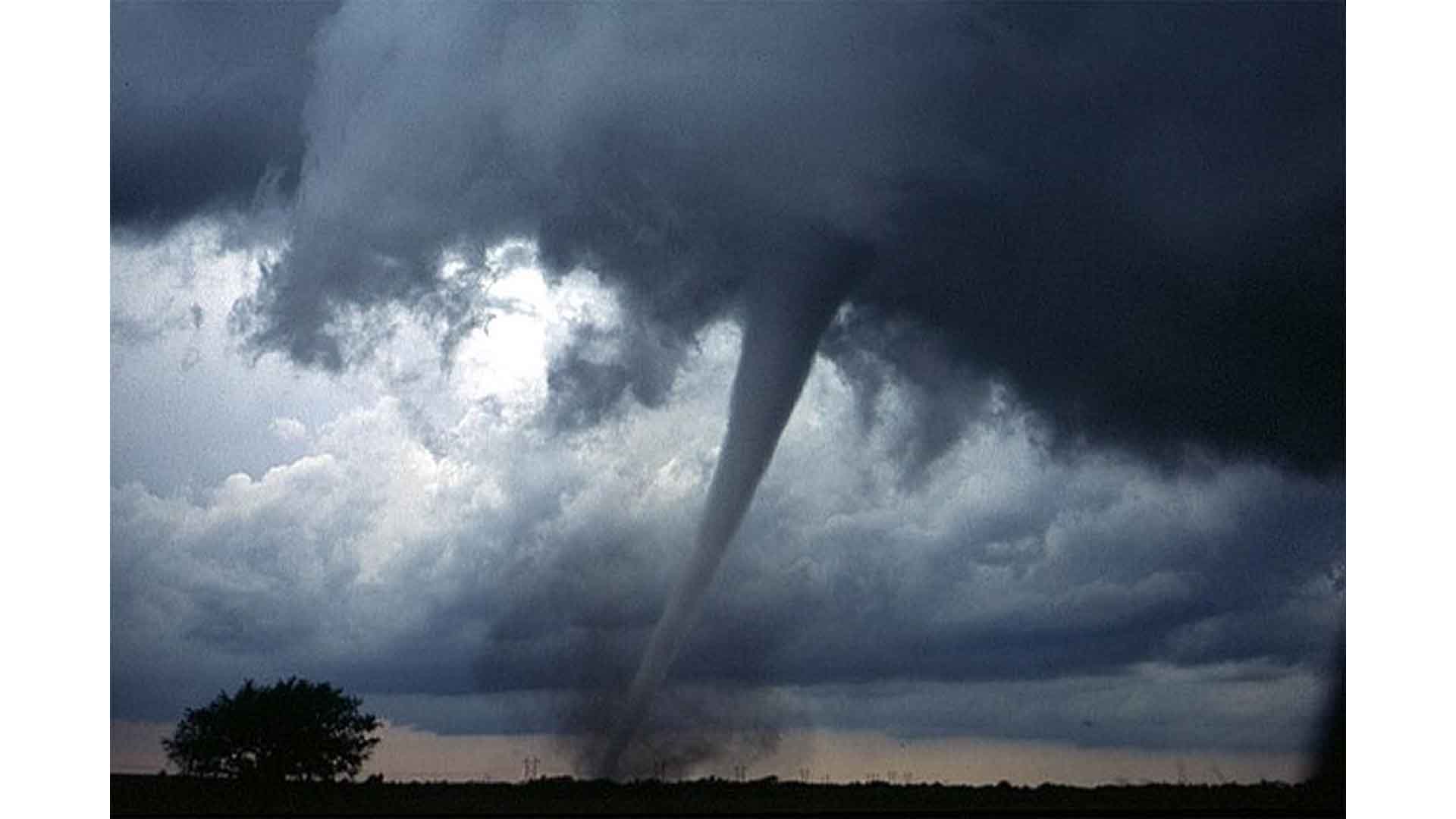
Source: Wikimedia Commons
Through programs like VORTEX-SE, they aim to educate the public on severe weather safety, continuing the legacy of those who fought to improve tornado awareness and forecasting.
The Future of Tornado Forecasting
With the advent of new programs like PERiLS (Propagation, Evolution, and Rotation in Linear Storms), the future of tornado forecasting looks promising. These initiatives aim to provide detailed observations and advanced predictions to further reduce the threat posed by tornadoes.
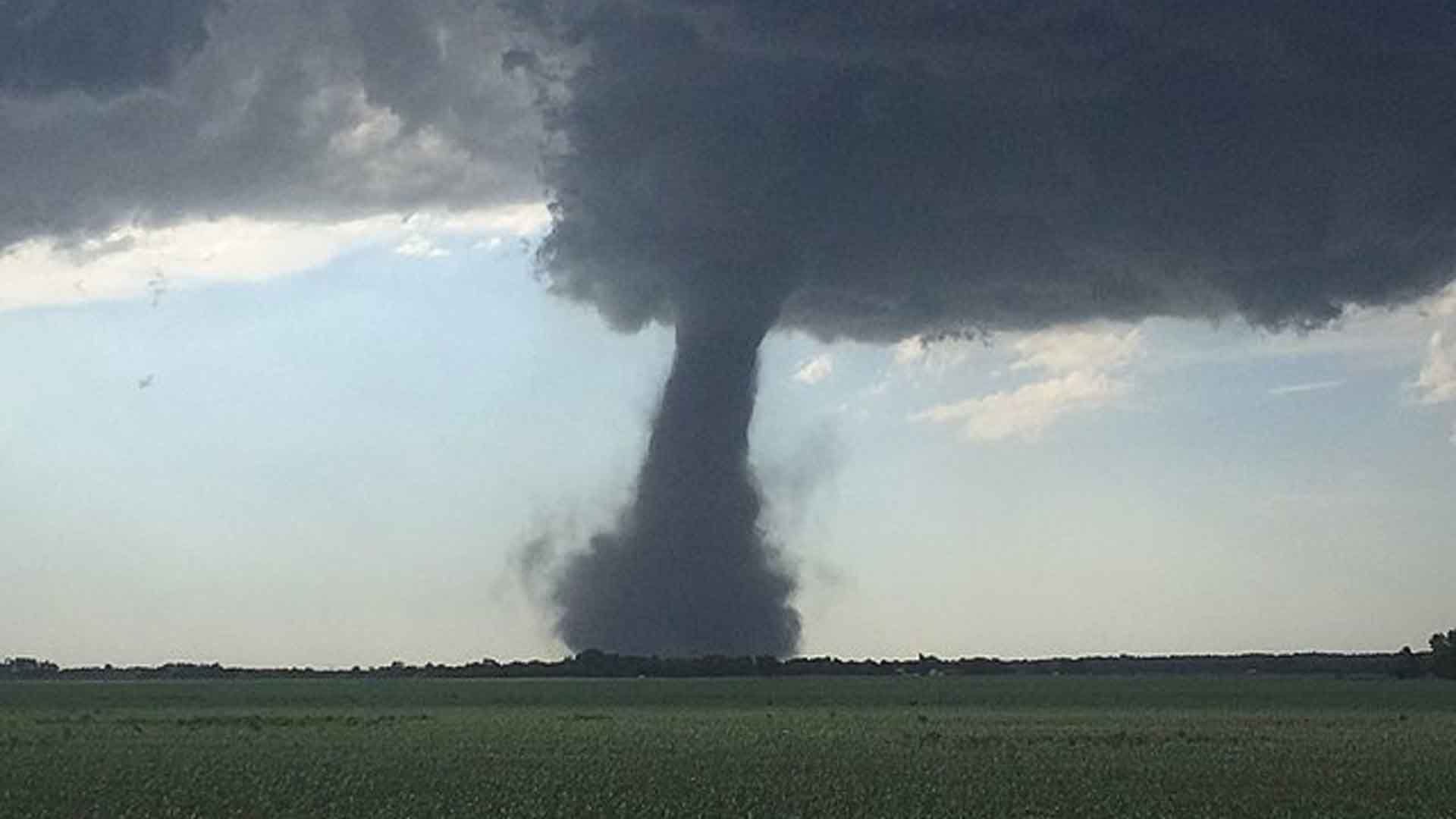
Source: Wikimedia Commons
By building on past advancements and continuing to push the boundaries of meteorological science, we are moving closer to a time when the devastation caused by tornadoes can be significantly mitigated.
Learning from the Past
The journey from taboo to technological triumph in tornado forecasting illustrates a remarkable story of perseverance, innovation, and the relentless pursuit of safety.
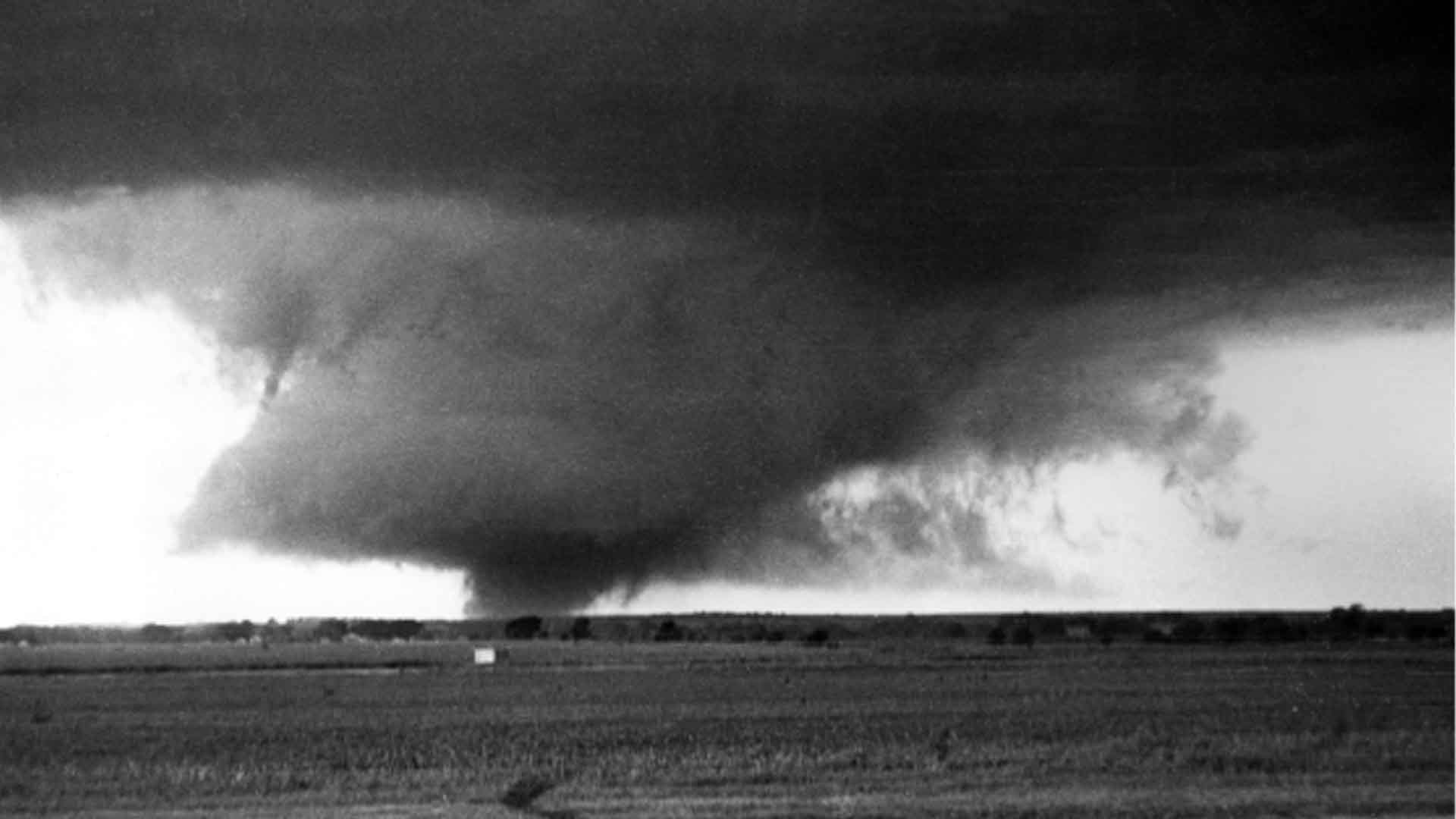
Source: Wikimedia Commons
Reflecting on the evolution of this science, from John Winthrop’s first recorded observation to today’s advanced warning systems, highlights humanity’s enduring spirit to understand and overcome the forces of nature.
